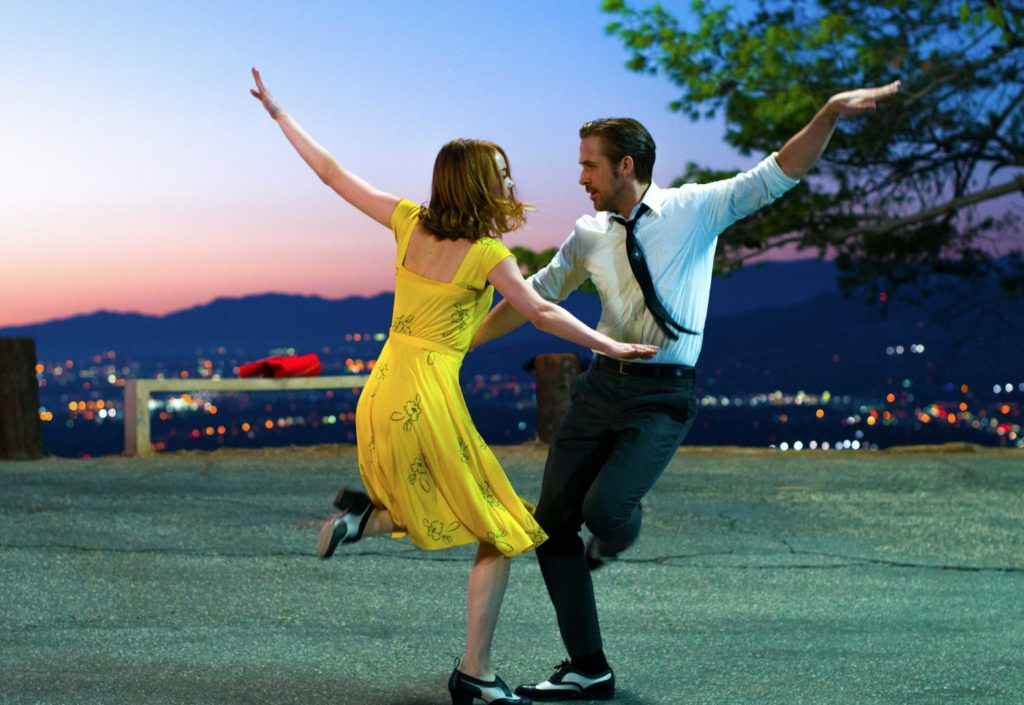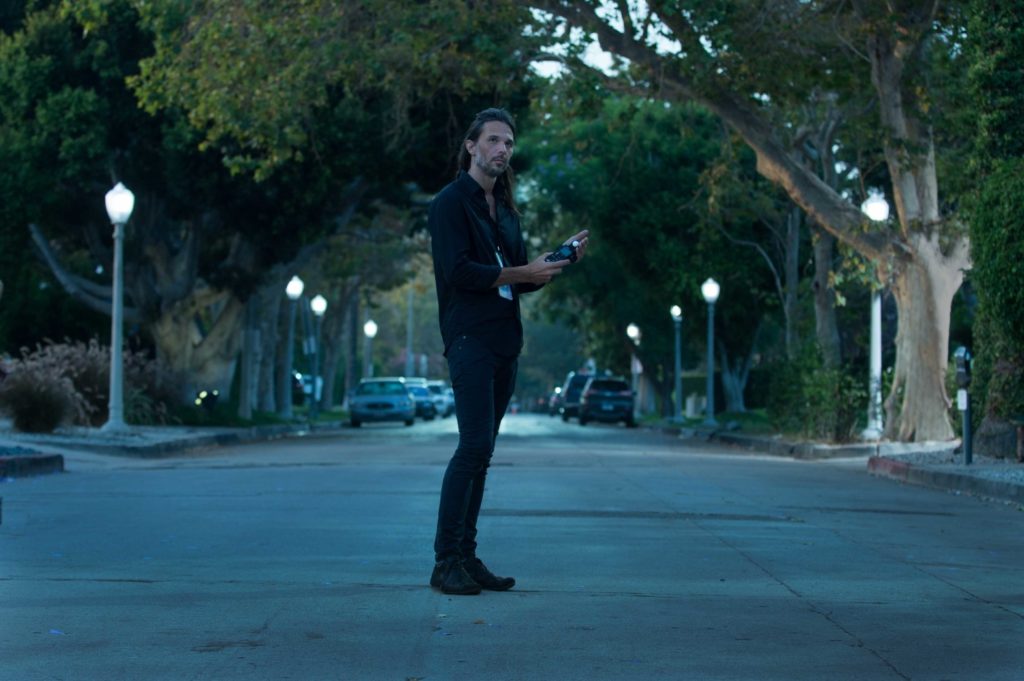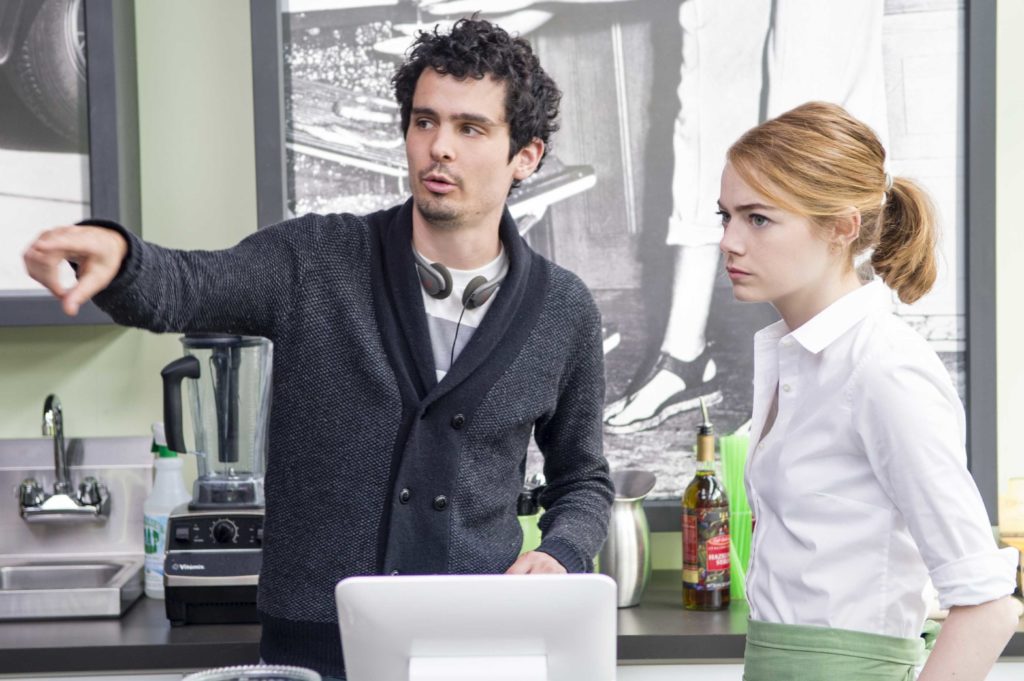In early 2013, Damien Chazelle was yet another writer-director making the rounds at the Sundance Film Festival with a short film to promote. But unlike some of his fellow moviemaking brethren, the then-28-year-old had a leg up on the competition with his 18-minute story Whiplash: namely, a beloved character actor (J.K. Simmons) as its star and a lot of interest from producers.
One year later, Chazelle was back in Park City with a full-fledged feature version. By January 15, 2015 – less than two years after the original short premiered at Sundance and just four days shy of Chazelle’s 30th birthday – the Providence, Rhode Island-native was a bona fide Oscar® nominee.

Chazelle is at the helm again, combining his love of music and moviemaking, as the writer-director of La La Land, a Technicolor-style musical dramedy centered on the relationship between a jazz pianist and an actress. La La Land, shot by Linus Sandgren, FSF, reunites Chazelle with Simmons, and also stars Emma Stone and Ryan Gosling.
Here, Chazelle shares why film was “the only option” for La La Land:
As a filmmaker, what are the elements that most attract you to a story?
I try to make movies that I would want to see, and where I imagine myself as the audience. So far, I’ve been most interested in stuff that feels personal, whether it’s explicitly personal or it taps into emotions that I know well. That kind of material is what I really want to explore.

You’ve experimented with a number of formats. At what point do you begin thinking about the capture medium for a project?
Right from the beginning. It’s hard to overstate how important it is. Sometimes, with certain projects, you can almost feel that the way it was captured was kind of an afterthought or default. I try to really marry the medium to what the story needs. Of course, there are also practical considerations.
My first movie was on black-and-white 16mm, which is what I had just become used to shooting. Also, I wanted to film the movie in a sort of documentary-style. For Whiplash, I wanted a lot of very precise shots edited together in a kinetic way; it was more about a kind of staccato style. For those reasons, digital seemed a good tool for that.
And then for La La Land, it’s the opposite. It’s all about long takes and fluid movements and capturing a sense of place and romance. Thus, 35mm film was the only option for this movie.

How so?
It’s very much in the style of the old MGM musicals. There’s definitely a big nostalgia factor. Even though it’s set in modern-day Los Angeles, it’s kind of a nod to those older movies and that style of filmmaking. So, philosophically, it couldn’t be shot on digital. But purely in terms of aesthetics, I find film very romantic and very sensual. I would have a hard time doing a love story on digital.
We’re shooting La La Land in anamorphic format, and trying to really saturate the color palette and use the full width of frame so that it’s even wider than normal. It’s all about trying to get back to a feel of some of those older, roadshow kind of musicals from the 1950s and 1960s that don’t really get made anymore.
What about from a production standpoint in terms of scheduling, budgeting, etc.? Does shooting film versus digital change any of that?
The first movie I made cost a total of about $60,000 and we shot it on film. So I’ve never believed that is was only for expensive movies, or that digital will always save you money. I don’t really think that’s true. I think it’s a little bit of a mix.
To be honest, I think the majority of stories are better on film. I think film is still the superior medium. Digital is making great strides and will continue to advance, but as long as film exists and it makes any kind of sense for the movie aesthetically, I want to shoot on film. For La La Land, it was kind of “film or nothing” from the get-go. And from the producers to the studio, everyone was on board with that decision.




